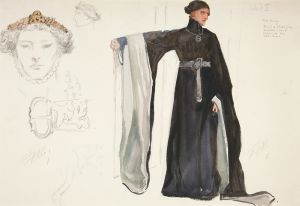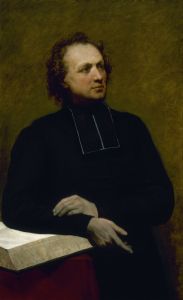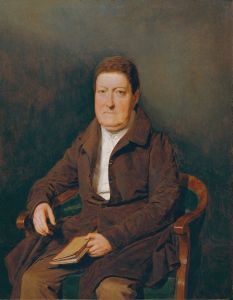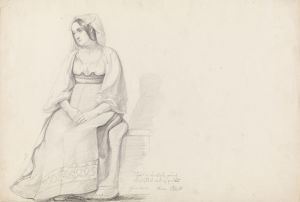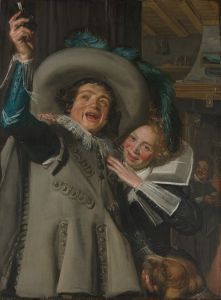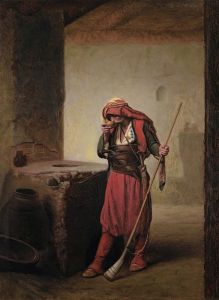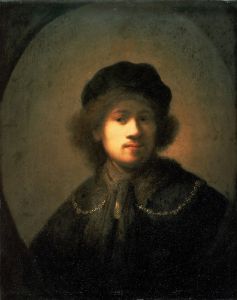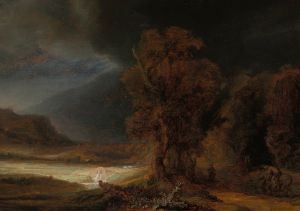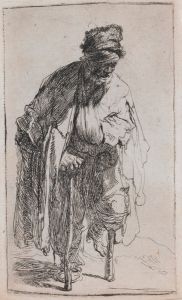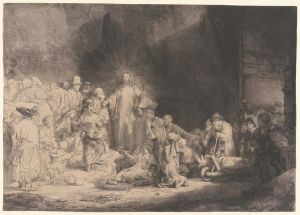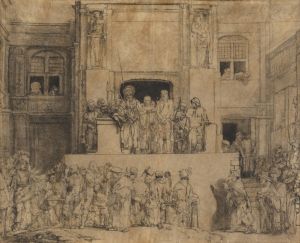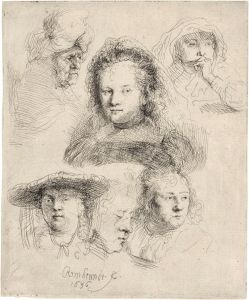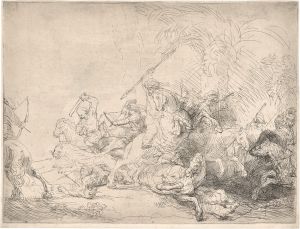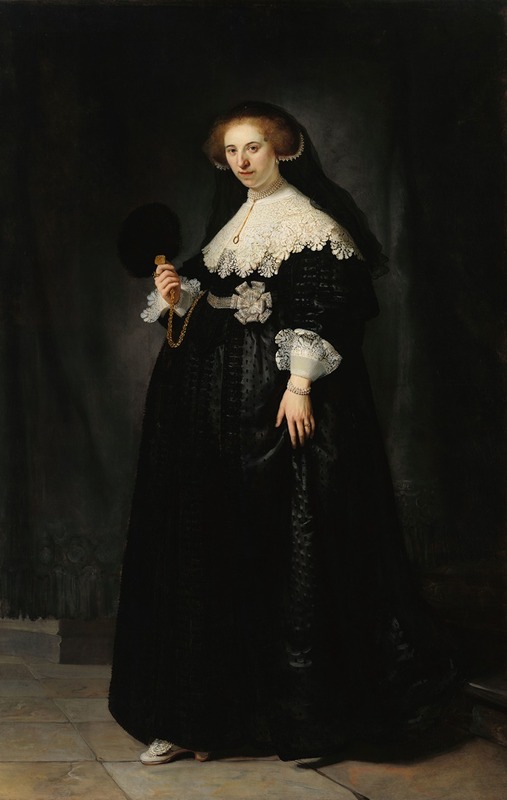
Oopjen Coppit
A hand-painted replica of Rembrandt van Rijn’s masterpiece Oopjen Coppit, meticulously crafted by professional artists to capture the true essence of the original. Each piece is created with museum-quality canvas and rare mineral pigments, carefully painted by experienced artists with delicate brushstrokes and rich, layered colors to perfectly recreate the texture of the original artwork. Unlike machine-printed reproductions, this hand-painted version brings the painting to life, infused with the artist’s emotions and skill in every stroke. Whether for personal collection or home decoration, it instantly elevates the artistic atmosphere of any space.
Oopjen Coppit is a portrait painting by the renowned Dutch artist Rembrandt van Rijn. The painting was completed in 1634 and is a companion piece to another portrait by Rembrandt, that of Marten Soolmans, Oopjen's husband. Both portraits were commissioned to commemorate the couple's marriage and are considered masterpieces of Dutch Golden Age portraiture.
Oopjen Coppit was born in 1611 into a wealthy and influential Amsterdam family. Her father, Jan Jansz Coppit, was a prosperous grain merchant and a member of the Amsterdam city council. In 1633, Oopjen married Marten Soolmans, who was also from a wealthy family involved in the sugar trade. The portraits of Oopjen and Marten were likely commissioned to celebrate their union and to display their social status and wealth.
In the portrait, Oopjen is depicted standing, dressed in an elaborate black gown adorned with lace and intricate details, which was the height of fashion at the time. She is adorned with a large, lace-trimmed collar, a pearl necklace, and a gold chain, all of which signify her high social standing. Her left hand holds a fan, while her right hand rests on her hip, exuding confidence and poise. The background is dark and plain, which serves to highlight Oopjen's figure and the luxurious details of her attire.
Rembrandt's skillful use of light and shadow, known as chiaroscuro, is evident in this painting. The light falls on Oopjen's face and upper body, drawing attention to her serene expression and the rich textures of her clothing. This technique not only adds depth and dimension to the portrait but also emphasizes the subject's presence and character.
The portraits of Oopjen Coppit and Marten Soolmans remained in private collections for centuries. In 2015, the Rijksmuseum in Amsterdam and the Louvre in Paris jointly acquired the pair of paintings for €160 million, ensuring that they would be preserved and displayed for the public. The acquisition was a significant event in the art world, as it marked the first time that the two museums collaborated on such a high-profile purchase. The paintings are now exhibited alternately between the two institutions, allowing a wider audience to appreciate these masterpieces.
Oopjen Coppit is celebrated not only for its artistic excellence but also for its historical significance. It provides a glimpse into the life and fashion of the Dutch elite in the 17th century and showcases Rembrandt's extraordinary talent in capturing the essence of his subjects. The portrait remains an important work in the study of Dutch art and continues to be admired by art enthusiasts and scholars alike.





